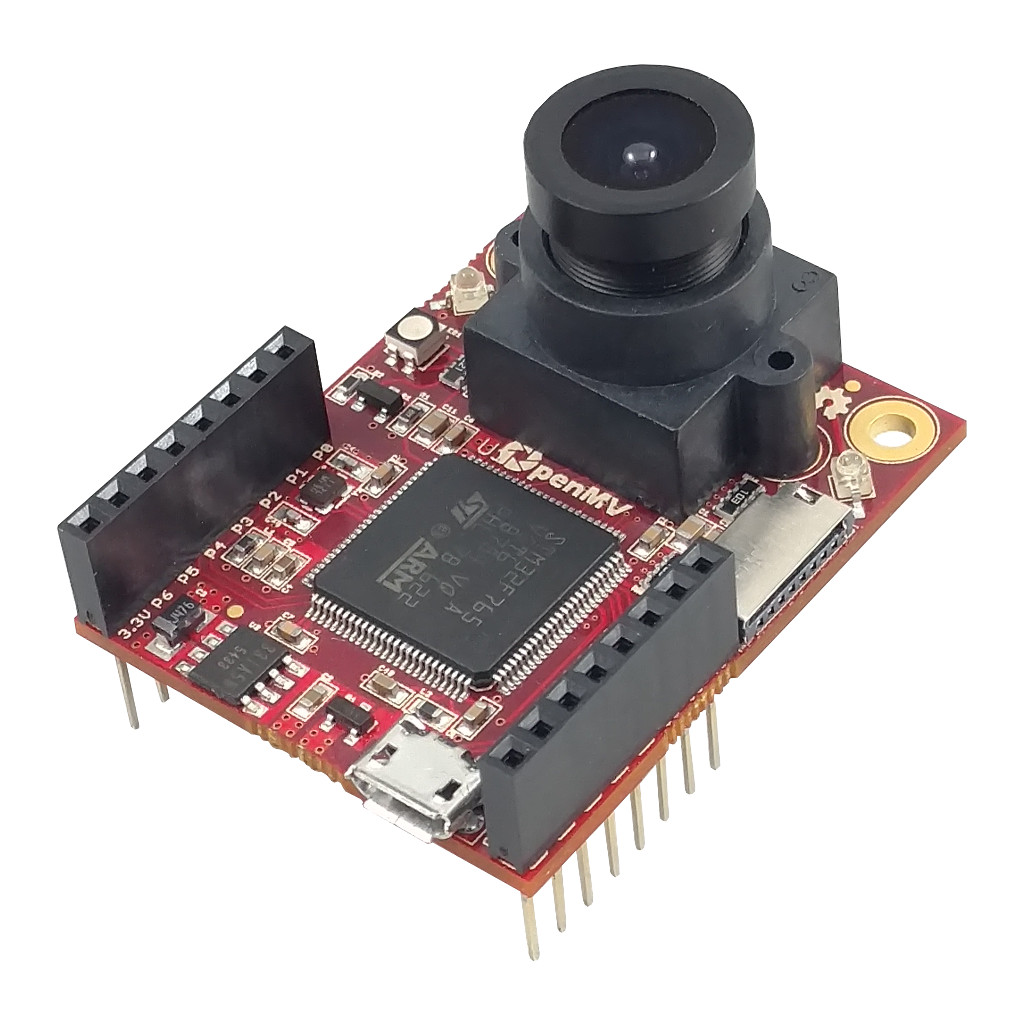All the notes about how to implement wifi programming are in the code. Steps: 1. Get wifi_apply_settings() working first and make sure you can turn the wifi shield on in the right mode. Then add the necessary hooks into the network code to make it such that previous user wifi code still works. Also, make sure to handle start and shutdown gracefully. Basically, get all the lifecycle code working first before moving to the next step so notning gets in a weird state and bugs creep in... 2. Get the beacon method working. Once this works OpenMV IDE should see the camera when you hit the connect button. 3. Do the code to turn off the regular usbdbg interface and swtich to having the data come from wifi_dbg. This isn't a lot of code... but, will be tricky since you no longer will have USB frames to work with. All bytes are just going to come randomly and in bursts so you have to handle the serial stream yourself... (Kwabena can help writing a statemachine for dealing with this type of stuff if you want. I do it all the time). |
||
|---|---|---|
| .github | ||
| eagle | ||
| firmware | ||
| src | ||
| udev | ||
| usr | ||
| util | ||
| .gitignore | ||
| .gitmodules | ||
| CHANGELOG.md | ||
| LICENSE | ||
| README.md | ||
OpenMV (Open-Source Machine Vision)

The OpenMV project aims at making machine vision more accessible to beginners by developing a user-friendly, open-source, low-cost machine vision platform.
OpenMV cameras are programmable in Python3 and come with an extensive set of image processing functions such as face detection, keypoints descriptors, color tracking, QR and Bar codes decoding, AprilTags, GIF and MJPEG recording and more. Additionally, OpenMV includes a cross-platform IDE (based on Qt Creator) designed specifically to support programmable cameras. The IDE allows viewing the camera's frame buffer, accessing sensor controls, uploading scripts to the camera via serial over USB (or WiFi/BLE if available) and includes a set of image processing tools to generate tags, thresholds, keypoints etc...
The first generation of OpenMV cameras is based on STM32F ARM Cortex-M Digital Signal Controllers (DSCs) and Omnivision sensors. The board has built-in RGB and IR LEDs, USB FS for programming and video streaming, uSD socket and I/O headers breaking out PWM, UARTs, SPI and I2C. Additionally, OpenMV supports extension modules (shields) using the I/O headers such as WiFi, BLE, Thermal (FIR) and LCD shields.
The OpenMV project was successfully funded via Kickstarter back in 2015 and has come a long way since then. For more information, please visit https://openmv.io